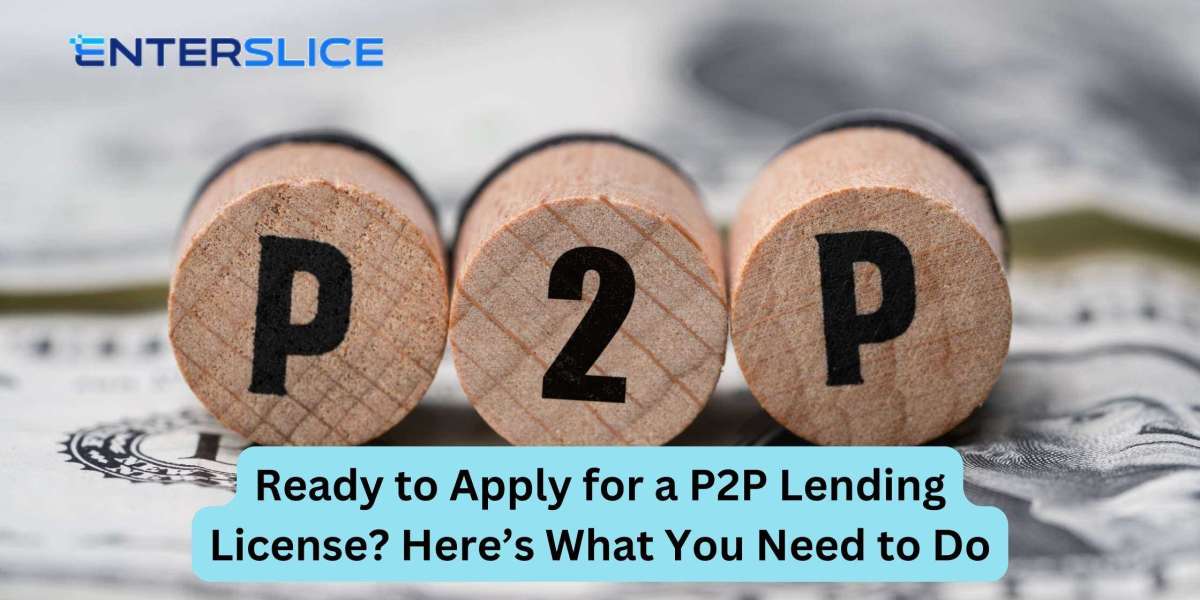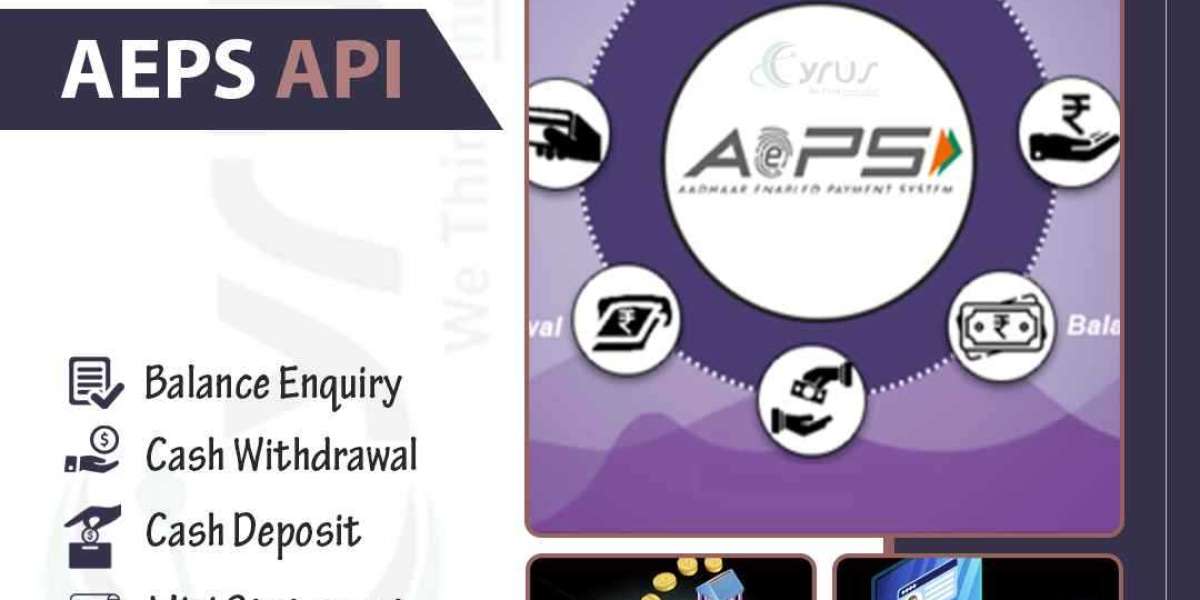The rapid growth of Peer to Peer (P2P) lending has revolutionized the world of online finance. Thanks to the flexibility it offers both borrowers and lenders, P2P lending platforms are now a popular alternative to traditional banking. However, before launching such a platform, it’s crucial to comply with legal requirements. One of the most important steps is obtaining a Peer to Peer Lending License.
If you're planning to start a P2P lending business, it’s essential to understand the steps involved in applying for a license. This guide will walk you through everything you need to know about the application process, the regulatory environment, and what to expect as you move forward with your P2P lending venture.
What is P2P Lending?
Before diving into the licensing process, let's first clarify what P2P lending is. Peer to Peer lending is a method of borrowing and lending money without the involvement of traditional financial institutions, such as banks. Instead, borrowers and lenders connect directly through an online platform.
These platforms act as intermediaries, managing the lending process, ensuring regulatory compliance, and providing security for both borrowers and lenders. P2P lending platforms allow individuals or businesses to borrow funds at competitive interest rates while offering lenders a chance to earn attractive returns on their investment.
Why Do You Need a Peer to Peer Lending License?
A Peer to Peer Lending License is required for any company that intends to operate a platform facilitating loans between individuals or entities. This license ensures that the platform complies with the relevant financial regulations and protects both lenders and borrowers.
By obtaining a P2P lending license, your platform will:
- Gain Credibility: Being licensed makes your platform trustworthy in the eyes of both potential investors and borrowers.
- Ensure Legal Compliance: It ensures your business adheres to regulatory standards, helping you avoid legal penalties.
- Offer Protection: It gives a level of protection to users of your platform by ensuring that you follow fair practices.
In most jurisdictions, operating a P2P lending business without a license is illegal and could lead to penalties, fines, or closure of your platform. Therefore, understanding how to apply for the license is crucial.
Step-by-Step Guide to Applying for a Peer to Peer Lending License
1. Research the Regulatory Environment
The first step in applying for a P2P Lending License is to understand the regulatory environment in your country or region. Different countries have different rules governing P2P lending, and it’s crucial to ensure that you’re in full compliance.
For example, in the United States, P2P lending is regulated by the Securities and Exchange Commission (SEC) and the Financial Industry Regulatory Authority (FINRA). In the United Kingdom, the Financial Conduct Authority (FCA) oversees the sector. Each regulatory body has specific requirements that you must meet before you can launch your platform.
Start by researching the licensing requirements and the financial laws that apply to P2P lending. You may want to consult legal experts or work with a law firm that specializes in financial services.
2. Meet Capital Requirements
Many jurisdictions require P2P lending platforms to maintain certain capital reserves. This ensures that the platform has enough financial stability to operate and meet its obligations. The capital requirement can vary depending on the size and scope of your platform, so you’ll need to confirm the exact amount in your region.
Some regulatory bodies may require you to provide proof of capital, including bank statements, financial projections, and other documents that demonstrate your platform’s financial stability.
3. Prepare a Comprehensive Business Plan
A detailed business plan is one of the most important documents you’ll need to submit during the application process. This plan should outline your platform’s objectives, target audience, marketing strategy, financial projections, and how you will ensure compliance with relevant regulations.
Be sure to include sections on:
- Loan origination process: How will borrowers apply for loans, and how will lenders be matched with borrowers?
- Risk management: How will you mitigate risks associated with lending, such as loan defaults?
- Technology infrastructure: Explain the technological systems you will use to operate your platform, ensuring they comply with data protection and security regulations.
A solid business plan is essential for obtaining the license and will also help investors, stakeholders, and potential partners understand your vision for the platform.
4. Establish Compliance Procedures
Compliance with regulations is critical in the P2P lending industry. You'll need to establish procedures for ensuring that your platform operates within the bounds of the law. This includes setting up internal controls, reporting systems, and procedures for vetting borrowers and lenders.
Some areas of compliance you’ll need to focus on include:
- Anti-money laundering (AML): You’ll need procedures to prevent money laundering and ensure the legitimacy of your users.
- Know Your Customer (KYC): This is a process that ensures you verify the identity of your borrowers and lenders.
- Data protection and privacy: Ensure that your platform adheres to data protection laws, especially in jurisdictions with strict privacy regulations (e.g., GDPR in Europe).
Having a robust compliance framework in place will help ensure that your platform operates smoothly and avoids any legal issues in the future.
5. Submit the Application for the Peer to Peer Lending License
Once you’ve completed the necessary research, met capital requirements, prepared your business plan, and established compliance procedures, you’ll be ready to submit your application for the Peer to Peer Lending License.
The application process typically involves:
- Completing an application form provided by the regulatory body.
- Submitting your business plan, financial documents, and proof of capital.
- Providing details about your platform’s compliance measures.
- Undergoing a thorough review process, which may include background checks on your management team.
The review process can take several months, depending on the regulatory body and the complexity of your platform. Be prepared to answer any follow-up questions or provide additional documentation if requested.
6. Obtain the License and Launch Your Platform
After your application has been reviewed and approved, you will receive your Peer to Peer Lending License. This license grants you the legal right to operate your P2P lending platform.
With the license in hand, you can officially launch your platform and start accepting borrowers and lenders. However, obtaining the license is just the beginning of your journey. You'll need to continuously comply with regulatory requirements and maintain high standards of business practice.
Ongoing Compliance and Best Practices
Even after receiving your Peer to Peer Lending License, it’s important to stay on top of any regulatory changes and maintain compliance. This includes:
- Regular reporting: Many jurisdictions require licensed P2P platforms to submit regular reports detailing their activities, financial performance, and compliance with regulations.
- Audits: Your platform may undergo audits by regulatory authorities to ensure it’s operating in line with its license and compliance procedures.
- Platform updates: As the industry evolves, you’ll need to stay updated on new technologies, risk management strategies, and changes to financial regulations.
By staying compliant and ensuring transparency, you’ll build trust with your users and continue to operate legally in the P2P lending space.
Conclusion
Applying for a Peer to Peer Lending License is an essential step in ensuring that your platform operates legally and is fully compliant with the necessary regulations. By following the steps outlined above, conducting thorough research, and seeking expert legal advice, you can ensure that your P2P lending business is set up for success.
Remember, compliance doesn’t stop after obtaining the license—ongoing efforts to maintain good practices will help your platform thrive in the competitive world of P2P lending.
Also, read:














